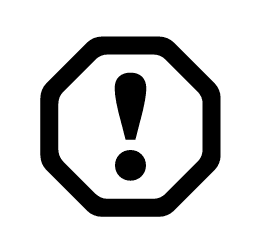Guidance for Advertising/Promotional Systems (APS) Which Are Openly Visible in Healthcare Professional (HCP) – Patient Interaction Areas:
In 2009, based on consultation with Health Canada officials, a PAAB advisory clarified how PAAB Code section 6 is applied to APS which are openly visible within HCP - patient interaction areas. While the principles are largely unchanged, the advisory is updated herein to reflect the wording employed in the 2023 Health Canada policy document “Guidance on Distinction Between Advertising and Other Activities for Health Products”.
A non-comprehensive list of examples of HCP - patient interaction areas that often feature openly visible APS include clinic exam rooms, pharmacy counselling rooms, and dental treatment rooms. APS openly visible in such areas include (but are not limited to) posters, anatomical models, brochure holders and brochures. These APS have been and will continue to be subject to PAAB review. The HCP is involved in the decision to place materials in those environments, and they employ these items in patient counselling; hence, they are part of the audience for these materials. These APS are reviewed to approval and a PAAB acceptance number is issued.
These materials are regarded as having, in addition to the primary audiences of the HCP and the patient, a secondary audience—the healthcare consumer. Consequently, these APS are subject to the applicable sections of the Food and Drugs Act and Regulations, Health Canada policy documents pertaining to consumer advertising, and the PAAB Code.
In addition to the requirements of PAAB Code section 6, please consider the following for materials openly visible to healthcare consumers within HCP – patient interaction areas:
- Product-branded APS for a prescription drug must be limited to name, price and quantity as per Section 01.044 of the Food and Drug Regulations. This limitation does not apply to nonprescription drugs and natural health products (NHPs); however, the schedule A restrictions discussed below must be considered.
- Product-branded APS for a prescription or nonprescription product may not discuss the treatment or cure of any Schedule A disease (Section 3 of the Act). Note that section A.01.067 added to the regulations on June 1, 2008 permits nonprescription products and NHPs indicated for the prevention of diseases listed on schedule A to make preventative
- Medical condition and treatment awareness materials must follow the guidance within the Health Canada policy document “Guidance on Distinction Between Advertising and Other Activities for Health Products”.
- Controlled product and Narcotic product materials may not be openly visible in these spaces.
APS that will only be visible during HCP- patient counselling (i.e., APS that are not openly visible) are not considered to have a secondary consumer audience and are reviewed according to requirements of PAAB Code section 6.
Updated March 2024

